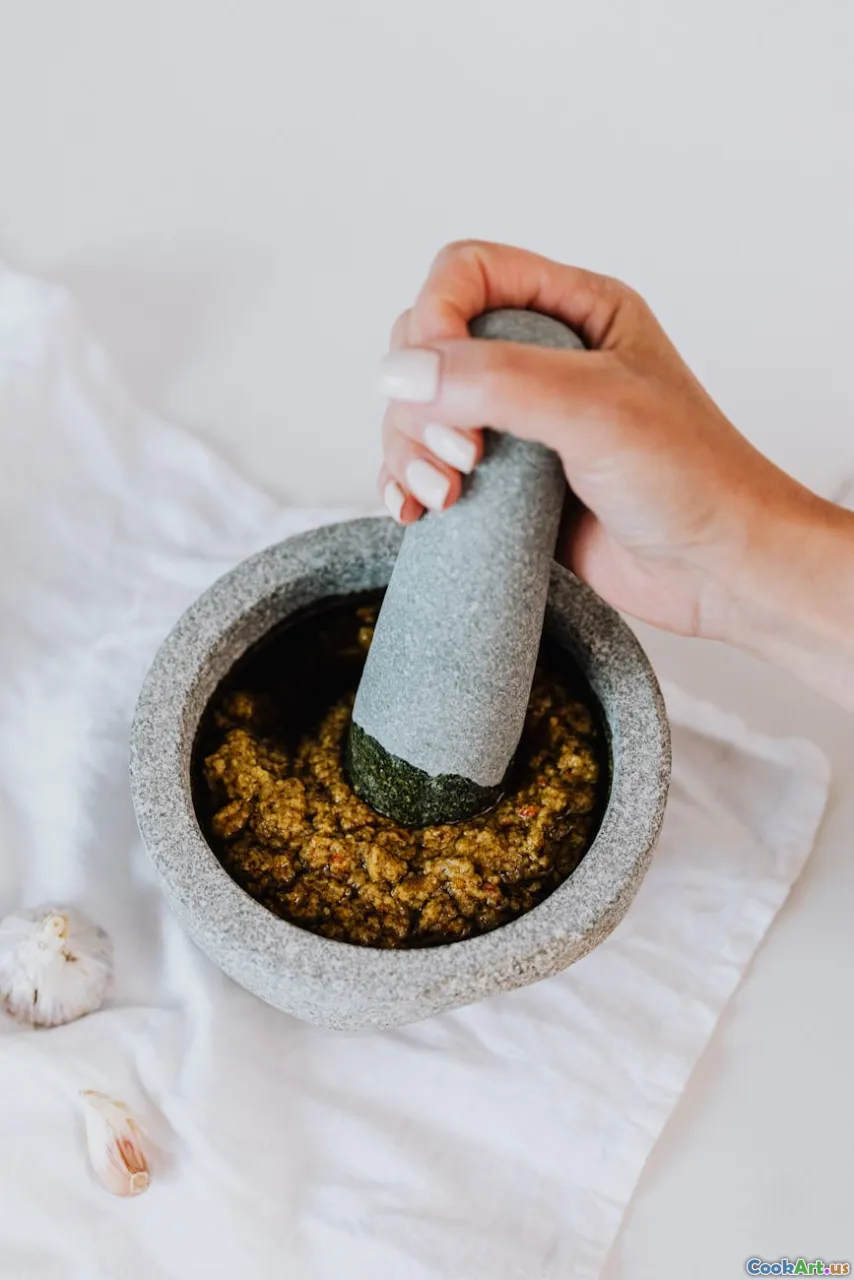A Guide to Spice Grinding Techniques
5 min read Unlock the secrets of spice grinding with this comprehensive guide, enhancing your culinary creations like never before. April 14, 2025 19:45
A Guide to Spice Grinding Techniques
Spices are the soul of culinary traditions worldwide, bringing dishes to life with their vibrant flavors and aromas. But to unlock their full potential, understanding how to grind them effectively is crucial. This guide explores various spice grinding techniques, from traditional methods to modern appliances, ensuring that every cook can enhance their culinary creations.
Why Grind Your Own Spices?
Grinding spices at home can significantly enhance the flavor profile of your dishes. Here are a few reasons why:
- Freshness: Whole spices retain their essential oils longer than pre-ground ones, meaning fresher flavors.
- Customization: Grinding spices allows you to create your own blends tailored to your taste.
- Control Over Texture: You can achieve the desired coarseness or fineness for different culinary applications.
Traditional Grinding Methods
1. Mortar and Pestle
The classic mortar and pestle is a time-honored tool used for centuries in various cultures. This method allows you to control the grind's coarseness and is perfect for small batches of spices.
- Usage: Place spices in the mortar and use the pestle to crush and grind them, applying firm pressure and rotating in circular motions.
- Best For: Herbs, garlic, and spices like peppercorns and cumin seeds.
2. Spice Mill or Grinder
A spice mill, also known as a manual grinder, is designed specifically for grinding spices. It usually features a ceramic or stainless steel grinding mechanism.
- Usage: Load your spices into the mill and twist the top or turn the handle to grind.
- Best For: Larger spices like coriander seeds and fennel.
Modern Grinding Techniques
3. Electric Spice Grinder
Electric spice grinders are a popular choice for those who want convenience and speed. They can grind large quantities in seconds.
- Usage: Add your spices, secure the lid, and press the button to grind.
- Best For: Large batches of spices and tougher spices like nutmeg or cinnamon sticks.
4. Blender or Food Processor
If you don’t have a dedicated spice grinder, a blender or food processor can do the trick. This method is especially useful for larger quantities.
- Usage: Add spices and pulse until you reach the desired consistency. A small amount of rice can help absorb oils and ensure a finer grind.
- Best For: Blending spice mixes or large quantities of herbs.
Tips for Grinding Spices
- Toast Before Grinding: Toasting spices in a dry skillet before grinding enhances their flavor by releasing essential oils.
- Clean Your Equipment: Ensure your grinding tools are clean to avoid flavor contamination.
- Store Properly: Store ground spices in airtight containers in a cool, dark place to maintain flavor and potency.
Conclusion
Mastering spice grinding is a vital skill that can elevate your cooking from ordinary to extraordinary. By understanding the various techniques and selecting the right tools, you can unleash the full potential of spices in your culinary endeavors. Whether using a mortar and pestle for a traditional approach or an electric grinder for convenience, the right method will enhance your dishes, making each meal a flavorful experience. Embrace the art of spice grinding, and allow your taste buds to embark on a delicious journey!









